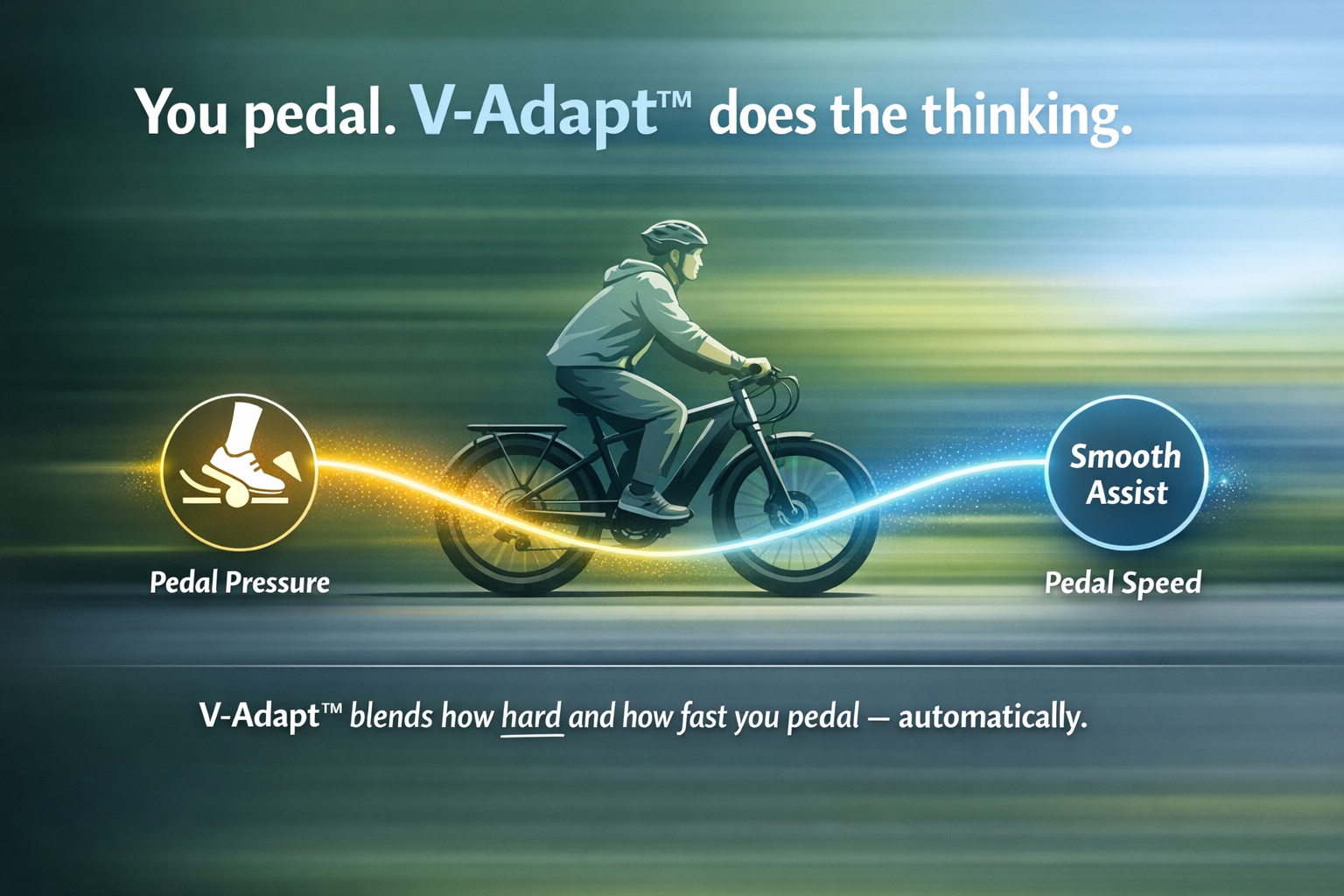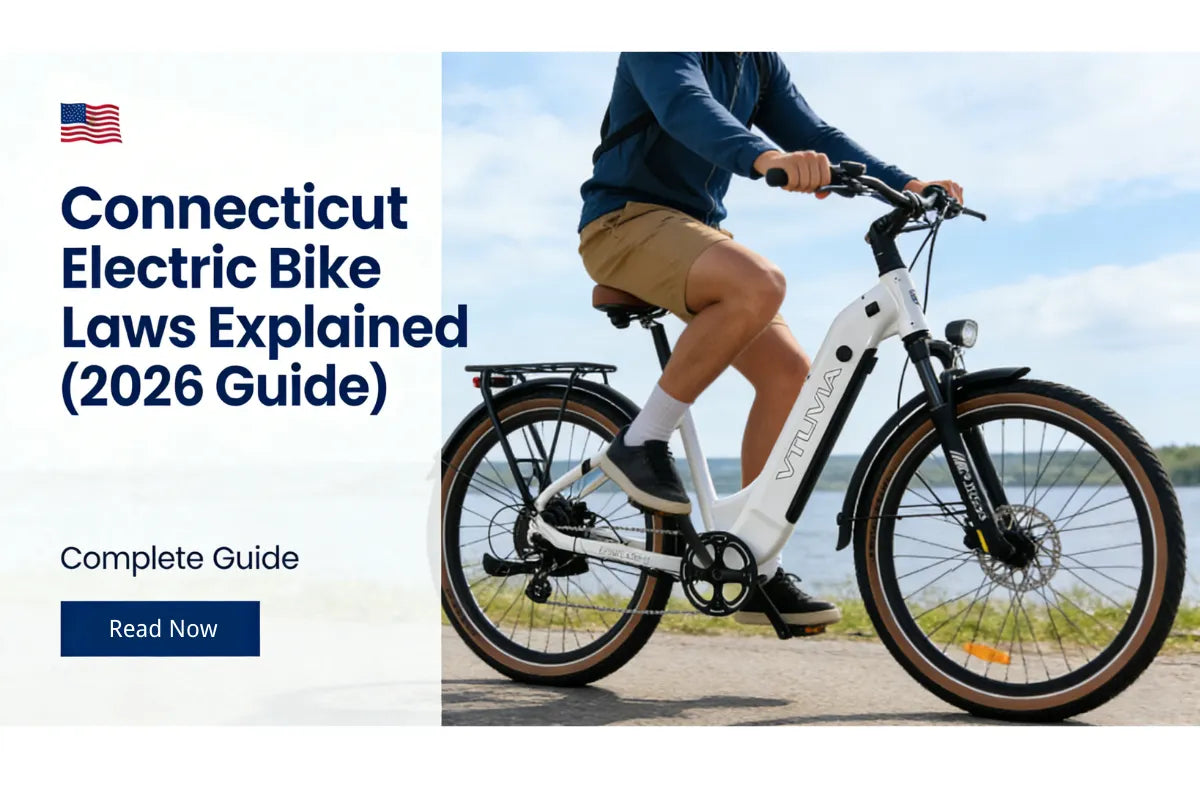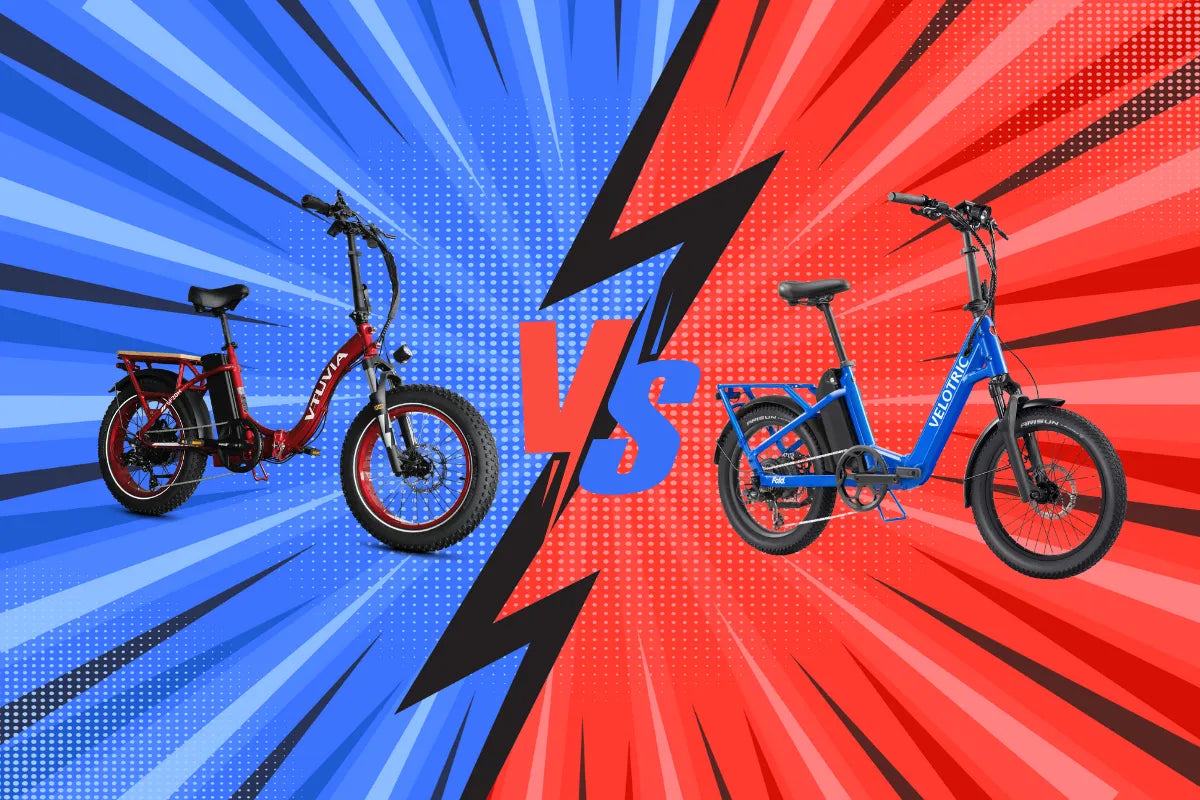E-bikes are a convenient and eco-friendly mode of transportation, but many riders wonder if it’s safe to ride their electric bikes in the rain. While e-bikes are designed to be durable and weather-resistant, riding in wet conditions requires some preparation and caution. In this article, we’ll explore the factors to consider when riding your e-bike in the rain, how to protect it, and the best practices to ensure your safety and the longevity of your bike.
1. Are E-bikes Waterproof?
E-bikes are not completely waterproof, but they are designed to be water-resistant. The degree of water resistance depends on the specific model and its components. Most e-bikes come with an IP rating (Ingress Protection), which indicates the level of protection against dust and water. For instance, an IP65 rating means the e-bike is protected against water jets from any direction, making it suitable for light rain. However, you should avoid riding in heavy downpours or submerging the bike in water.
Key components to consider:
- Battery: The battery is one of the most important parts of your e-bike. Many e-bike batteries are sealed and can withstand some rain, but prolonged exposure to moisture can cause damage. Always ensure the battery compartment is properly closed and protected from excessive water.
- Motor: Motors are typically water-resistant, but they should not be exposed to standing water or heavy rain for long periods.
- Wiring: Check the wiring and connectors on your e-bike. Water can cause electrical issues if connectors are not sealed properly. Many e-bikes have waterproof connectors to protect against rain, but always inspect your bike before riding in wet conditions.
2. How to Ride an E-bike in the Rain Safely
While it’s possible to ride an e-bike in the rain, there are some precautions you should take to ensure a safe and enjoyable ride:
1. Wear Appropriate Gear
- Waterproof Clothing: Invest in a good-quality waterproof jacket and pants to keep yourself dry. You can also wear waterproof gloves and shoes to maintain comfort.
- Helmet: A helmet is essential for safety in any condition, and in rainy weather, it can protect you from slippery roads and unexpected falls.
2. Use Fenders
- Fenders: Installing fenders on your e-bike can protect you from water and mud splashing up from the wheels. Fenders are especially useful in wet conditions, ensuring your ride stays cleaner and more comfortable.
3. Check the Tires
- Tires: Wet roads can be slippery, so it’s crucial to use tires with good tread. Consider using wider tires for better grip, as they provide more surface area contact with the road, reducing the risk of slipping.
4. Avoid Puddles and Flooded Areas
- Water Depth: Never ride through deep puddles or flooded areas. Water can seep into the motor and battery, leading to potential damage. It’s safer to avoid roads that are prone to flooding during heavy rains.
5. Ride at a Slower Speed
- Speed: In the rain, the road can be slippery, so it’s advisable to slow down. Reduce your speed to maintain better control of the bike and avoid accidents. Remember that braking distances can be longer on wet surfaces.
View VTUVIA Waterproof Electric Bikes for Sale
3. How to Protect Your E-bike After Riding in the Rain
Once you’ve finished your ride in the rain, it’s important to properly care for your e-bike to maintain its performance and durability.
- Dry the Bike: Wipe down the frame, battery, and motor with a dry cloth to prevent moisture from building up. It’s important to ensure the bike is completely dry before storing it, especially around the battery and motor area.
- Check the Battery: After riding in the rain, remove the battery if possible and inspect it for any signs of moisture. Let the battery dry completely before recharging it to avoid electrical damage.
- Lubricate the Chain: Wet conditions can cause your chain to rust. After riding in the rain, clean and lubricate the chain to ensure smooth performance and to prevent rusting.
4. The Importance of Regular Maintenance
Regular maintenance is essential to keeping your e-bike in good condition, especially when riding in different weather conditions. After riding in the rain, ensure that all moving parts, like the brakes and chain, are properly cleaned and lubricated. Check for any signs of wear or rust, particularly around the electrical components, as exposure to water can lead to corrosion over time.
5. Conclusion: Riding Your E-bike in the Rain
Riding an e-bike in the rain is possible, but it’s important to take the right precautions. Make sure your e-bike has a good level of water resistance, wear appropriate gear, and maintain your bike regularly to ensure it stays in top condition. With the right preparation, you can continue to enjoy your e-bike even on rainy days while keeping both yourself and your bike safe.





Share:
How Does an E-bike Work? - VTUVIA Electric Bikes
What Are the Features of Fat Tire Electric Bicycles?